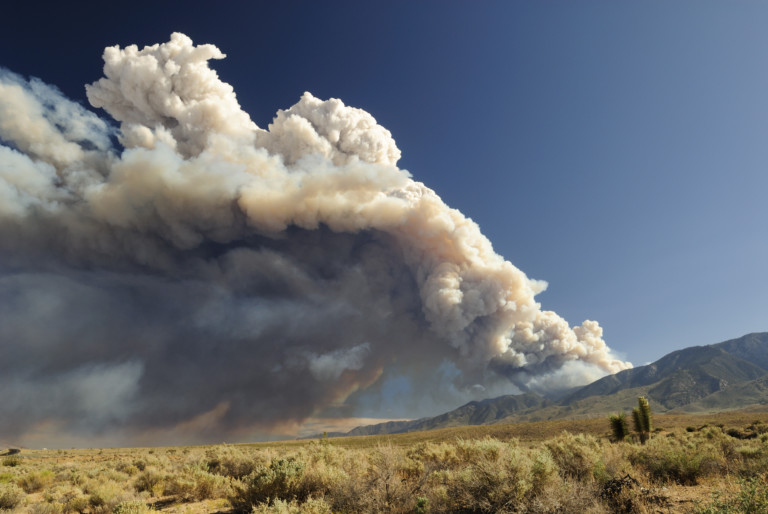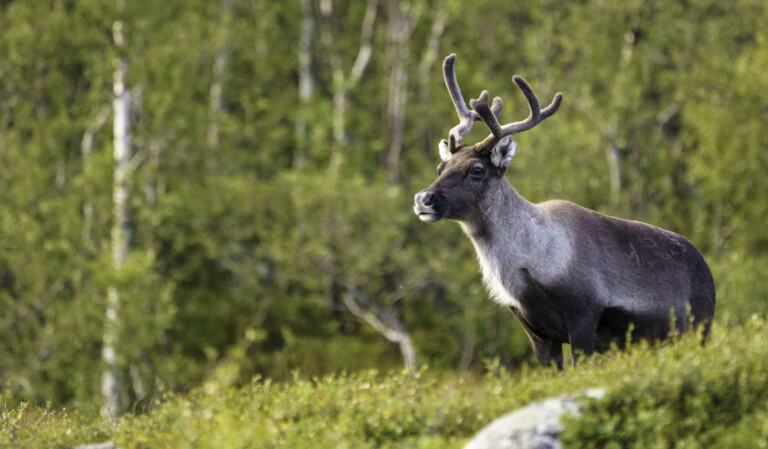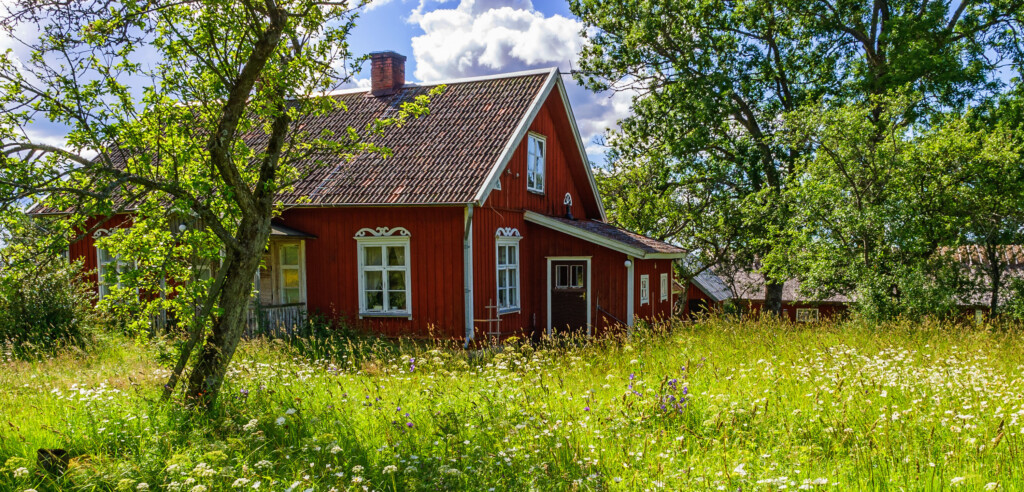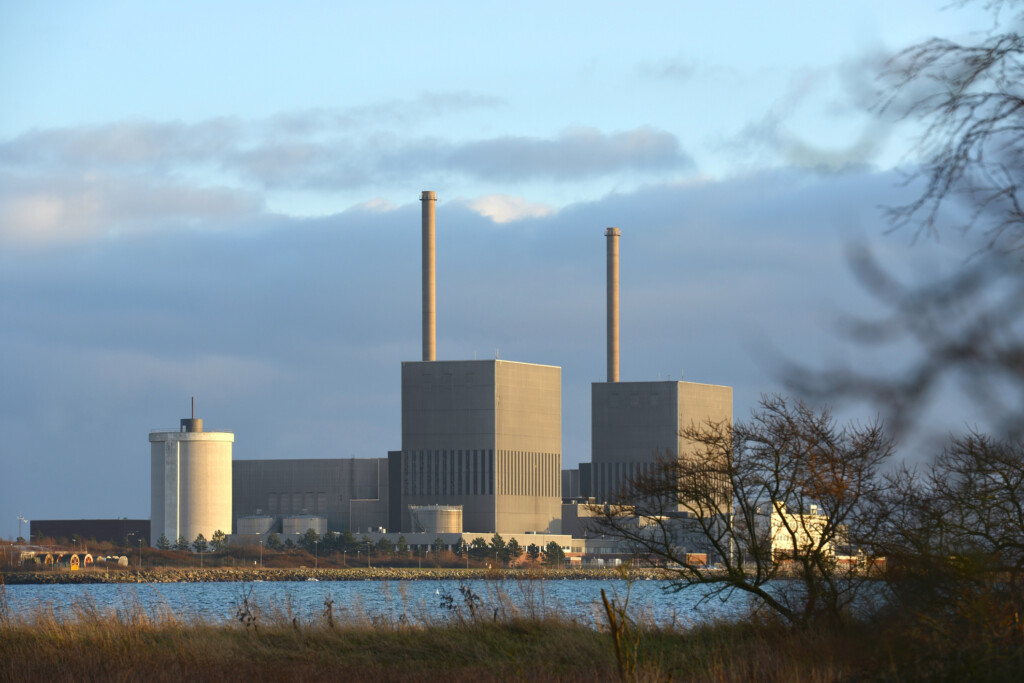Climate
Mixed-species forests bring diverse benefits
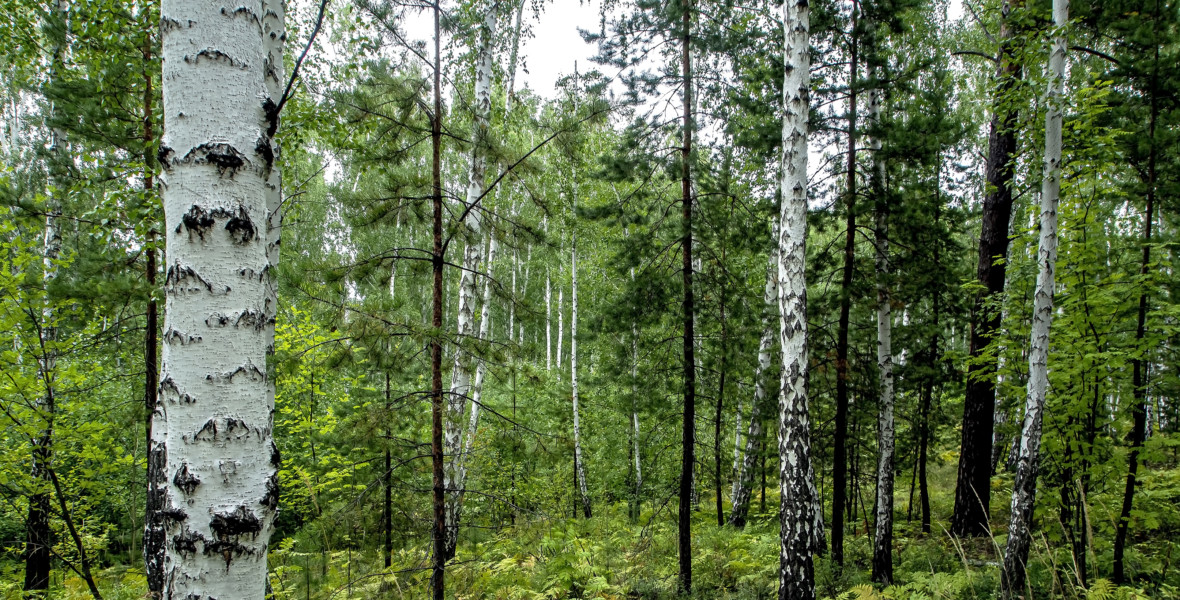
Spruce trees account for the majority of Sweden’s forests. But this species is sensitive to infestation by the spruce bark beetle, which is becoming more abundant as temperatures rise. Could more deciduous trees offer a way of spreading this risk in the future?
Prenumerera på Extrakts nyhetsbrev!
Läs mer
Håll dig uppdaterad! Få kunskapen, idéerna och de nya lösningarna för ett hållbart samhälle.
Personal data is stored only for the mailing of Extrakt newsletters and information related to Extrakt’s operations. You can cancel the newsletter at any time, which means you will no longer receive any emails from us
Birch is Sweden’s most common deciduous tree, and like all other deciduous trees is vital for both biodiversity and the ecosystem services the forest provides to us humans. With a greater diversity of berries, mushrooms and game than a dense, thick coniferous forest, a bright and open deciduous forest beckons us to spend more time outdoors.
In its report on the potential of birch trees for sustainable forest use, the Forestry Research Institute of Sweden states that birch benefits about 900 different species. Roughly the same number of species make use of spruce, though relatively few of these species use both tree species.
“Deciduous trees make the forest brighter whereas spruce forests are quite dark, and this also means that the soil vegetation is different,” says Jan Weslien, a researcher at the institute who studies nature conservation and forest damage.
Serves as a risk spreader
In addition to the aesthetic aspects of birch – more light and plant diversity – it also works as a risk spreader.

“Pure stands of mature spruce have the highest risk of infestation from the spruce bark beetle,” Weslien says. “The more strains of tree species other than spruce, the less risk of damage from spruce bark beetles.”
The spruce bark beetle does not attack deciduous trees, which on the other hand the birch bark beetle can do.
“The birch bark beetle can attack during dry years, but it doesn’t pose the same problem as the spruce bark beetle,” he says. “If birch becomes more common, the birch bark beetle might also become more common. But for the tree to die from it, it’s got to be heavily drought-stressed – usually, the trees survive.”
Often associated with grazing damage
Deciduous trees are often associated with grazing damage from wild game. But how extensive is the problem of game grazing damage to birch?

Andis Zvirgzdins at the Swedish University of Agricultural Sciences is conducting a study on precisely this topic. In a first step, forest owners in southern Sweden were interviewed about the extent to which they experienced grazing damage. And the results looks promising, to say the least: the majority (20 of the 22 respondents) did not perceive grazing damage as a serious problem.
“We expected the problem to be more extensive,” Zvirgzdins says. “We want to show forest owners that it’s possible to plant birch in Sweden, despite both moose and deer.”
Beneficial from several perspectives
Weslien emphasises that a more species-rich forest is beneficial from several perspectives. Having more deciduous trees in the forest reduces the risk of habitat fragmentation, when species’ habitats are broken into smaller units and thus pose a threat to their chances of survival. In addition, an increased share of deciduous forests prevents the risk of damage from the spruce bark beetle.
“Spruce monocultures can, of course, be hit much harder when spruce bark beetles attack,” Weslien says. “The more stocks with strains of other tree species, the less risk of extensive damage from spruce bark beetles.”
